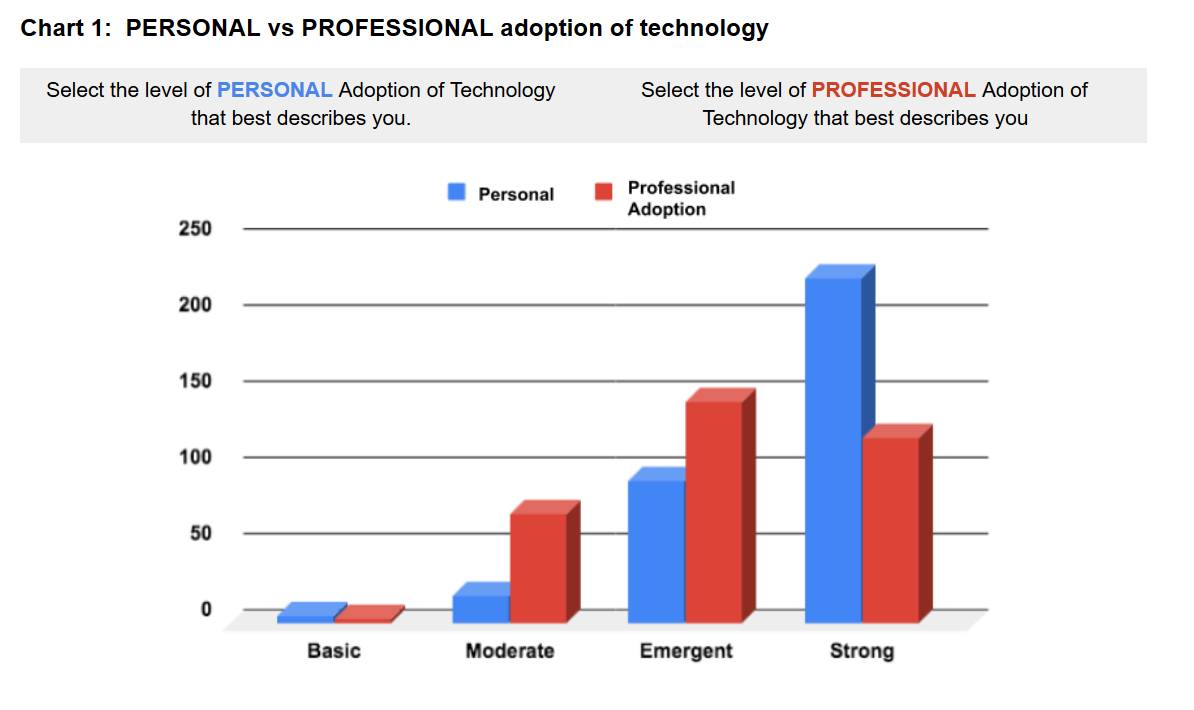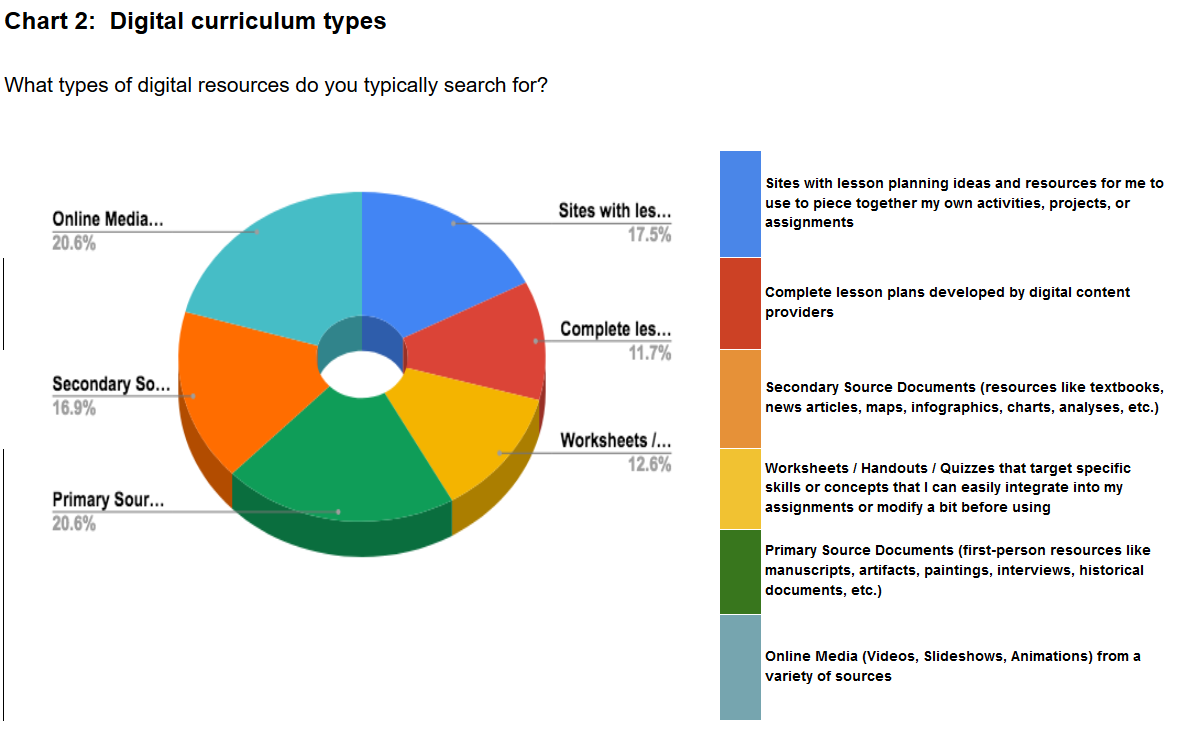With a summer 2019 launch on the horizon, the California Historical Society (CHS) is continuing work on the Teaching California website initiative, which will provide California classroom teachers and students with curriculum and primary sources tied to the state’s recently adopted History – Social Science Framework.
Our team has the pleasure of working with the web development firm Navigation North on this project, who have been helping both CHS and our content development partners at The California History-Social Science Project (CHSSP) think through how we might build an experience around the grade-level instructional materials we are creating, called “inquiry sets,” for teachers and students in a classroom setting. An initial piece of research that helped us explore this was a Digital Curriculum Needs Survey, which Navigation North created and CHSSP and CHS distributed to teachers late last year.
This survey sought to find out how teachers, and particularly History-Social Science teachers, are currently searching for curriculum materials online, what their level of proficiency with technology is both in and out of the classroom, and the variety of materials they are looking for online. Thanks to CHSSP’s extensive teacher network, we were able to collect responses from more than 300 educators! The chart below exhibits the categories of teachers who responded:
The results were a revealing look the current relationship that teachers have with online resources in the classroom.
 Above, the results show that personal use of technology outpaces professional use, meaning that strong adoption of technology in teachers’ personal lives does not necessarily transfer over into their professional processes.
Above, the results show that personal use of technology outpaces professional use, meaning that strong adoption of technology in teachers’ personal lives does not necessarily transfer over into their professional processes.

For a full summary of the results, please go here.
Stay tuned for more updates on the Teaching California project on our blog!
Here are some other high-level takeaways from the survey:
Mostly Veteran, Secondary Teachers
Over 50% of respondents are long-time instructors (+57% = +15 years experience), teaching in single-subject assignments at public middle / high schools (+78%).
Most Believe in the Instructional Value of Teacher Technology Use
Over 80% of respondents claim that technology as an instructional planning, delivery, and differentiation tool translates to High or Considerably High Instructional Value.
Over 95% claim technology can/does help them provide more diverse learning materials and, in turn, diversify their teaching for improved outcomes.
Little Professional Support and Coordination
Most teachers (+88%) work in schools where there is little/no planning and sharing on effective use of technology in the classroom. And most (+77%) say they are expected to learn new technologies on their own outside of school hours.
Student Use of the Internet Has Benefits, but Requires More Work for the Teacher
Overall, respondents cited higher levels of motivation, collaboration, and student work products when using the Internet.
These benefits are coupled with more teacher work to monitor for plagiarism and use of unreliable sources, yet, +73% feel that student access to the internet does NOT result in increased discipline issues.
Teachers Regularly Turn to the Internet for Curriculum
+79% search for online curricular resources several times a week or more for their classrooms.
Teachers Are Looking for A Variety of Curricular Resources and Like to Use Search Terms
From worksheets to assessments and lesson plans to primary sources and media, teachers are looking for everything but use open search terms far more than standards, frameworks, or topic lists.
Mostly Veteran, Secondary Teachers
Over 50% of respondents are long-time instructors (+57% = +15 years experience), teaching in single-subject assignments at public middle / high schools (+78%).
Most Believe in the Instructional Value of Teacher Technology Use
Over 80% of respondents claim that technology as an instructional planning, delivery, and differentiation tool translates to High or Considerably High Instructional Value.
Over 95% claim technology can/does help them provide more diverse learning materials and, in turn, diversify their teaching for improved outcomes.
Little Professional Support and Coordination
Most teachers (+88%) work in schools where there is little/no planning and sharing on effective use of technology in the classroom. And most (+77%) say they are expected to learn new technologies on their own outside of school hours.
Student Use of the Internet Has Benefits, but Requires More Work for the Teacher
Overall, respondents cited higher levels of motivation, collaboration, and student work products when using the Internet.
These benefits are coupled with more teacher work to monitor for plagiarism and use of unreliable sources, yet, +73% feel that student access to the internet does NOT result in increased discipline issues.
Teachers Regularly Turn to the Internet for Curriculum
+79% search for online curricular resources several times a week or more for their classrooms.
Teachers Are Looking for A Variety of Curricular Resources and Like to Use Search Terms
From worksheets to assessments and lesson plans to primary sources and media, teachers are looking for everything but use open search terms far more than standards, frameworks, or topic lists.
For a full summary of the results, please go here.
Stay tuned for more updates on the Teaching California project on our blog!
--
Written by Kerri Young, Teaching California Project Manager at California Historical Society.

No comments:
Post a Comment